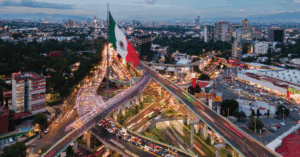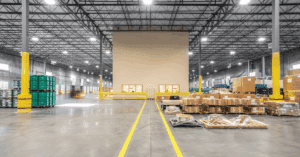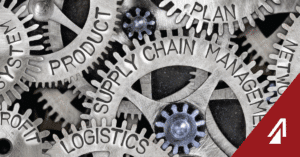Take a look at this article from October 2010 where ProTrans founder, and long-time CEO, Craig Roeder, discusses how he kept ProTrans agile during and after the 2008-09 recession.
The article was written by Mark Scott.
Access the article HERE

Take a look at this article from October 2010 where ProTrans founder, and long-time CEO, Craig Roeder, discusses how he kept ProTrans agile during and after the 2008-09 recession.
The article was written by Mark Scott.
Access the article HERE
Subscribe for updates, content, and news!

The U.S.–Mexico trade corridor continues to evolve as new customs policies, tariff enforcement, and air cargo restrictions reshape cross-border logistics. Shippers face tightening regulations and shifting capacity between air and ground transportation. These changes demand strategic planning and reliable logistics partners. Learn more.

For automotive and industrial manufacturers with cross-border operations, choosing between cross-docking and consolidation isn’t just about logistics — it’s about optimizing your entire supply chain strategy. Cross-docking delivers speed and flow, moving goods through facilities in hours, while consolidation prioritizes cost efficiency by combining shipments for fuller, more economical loads.

The automotive supply chain is under constant pressure—from border delays to shifting production and global disruptions. True success now depends on supply chains that are both lean and resilient, blending efficiency with flexibility. Learn how strategies like crossdocking, consolidation, and predictive visibility are helping manufacturers keep operations on track.